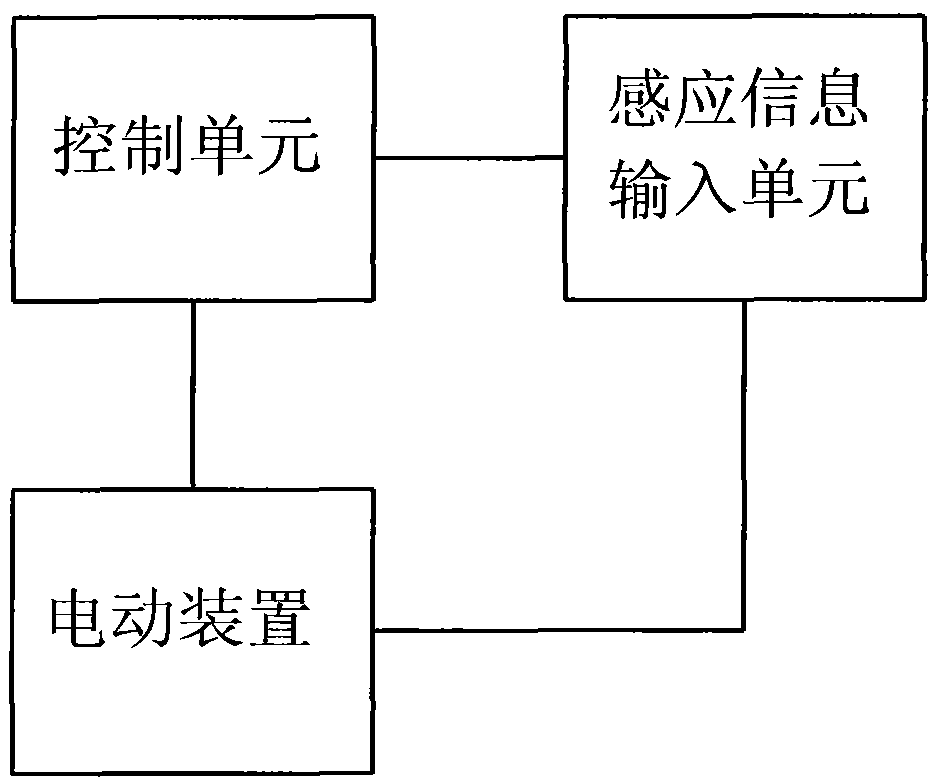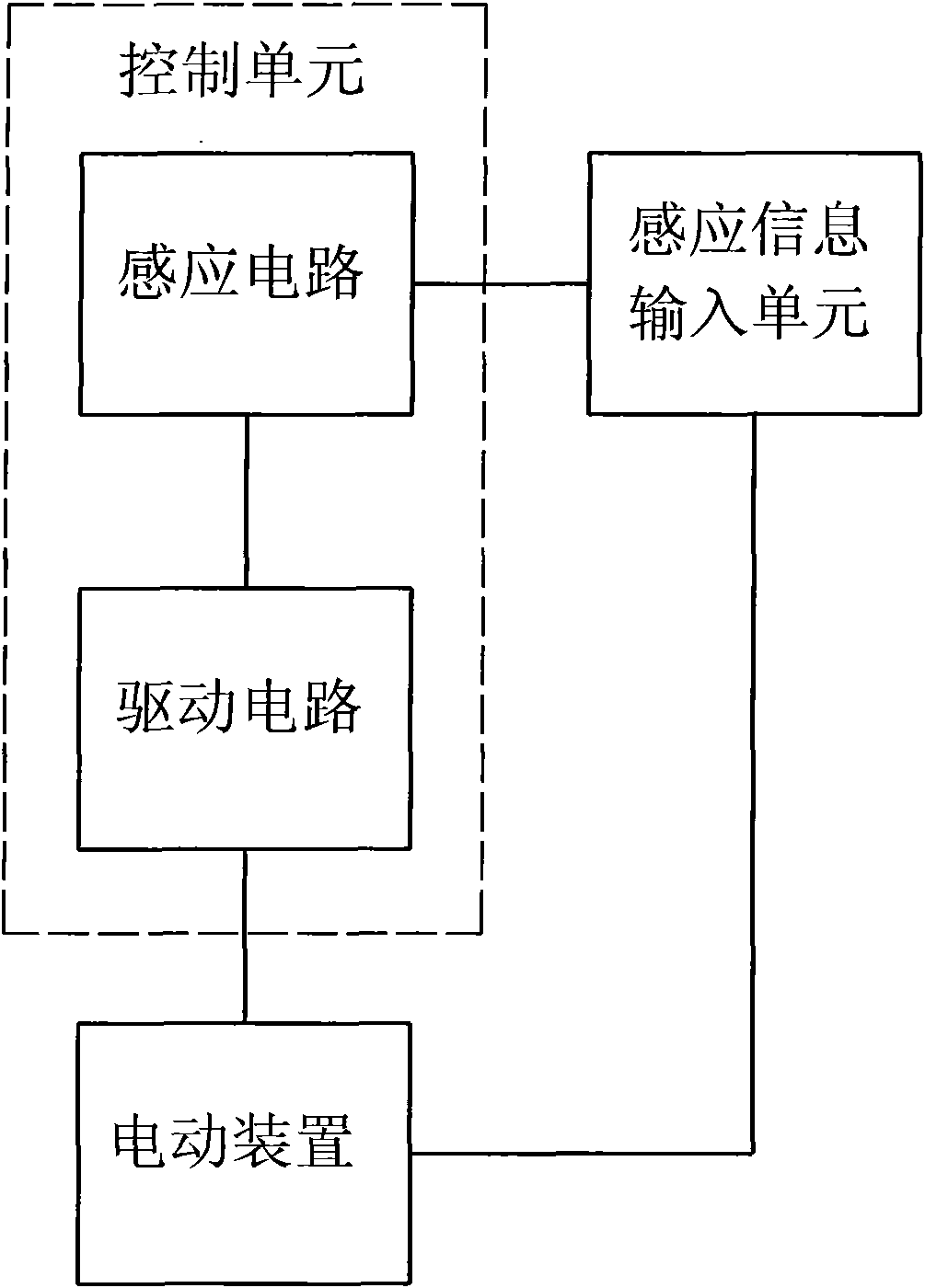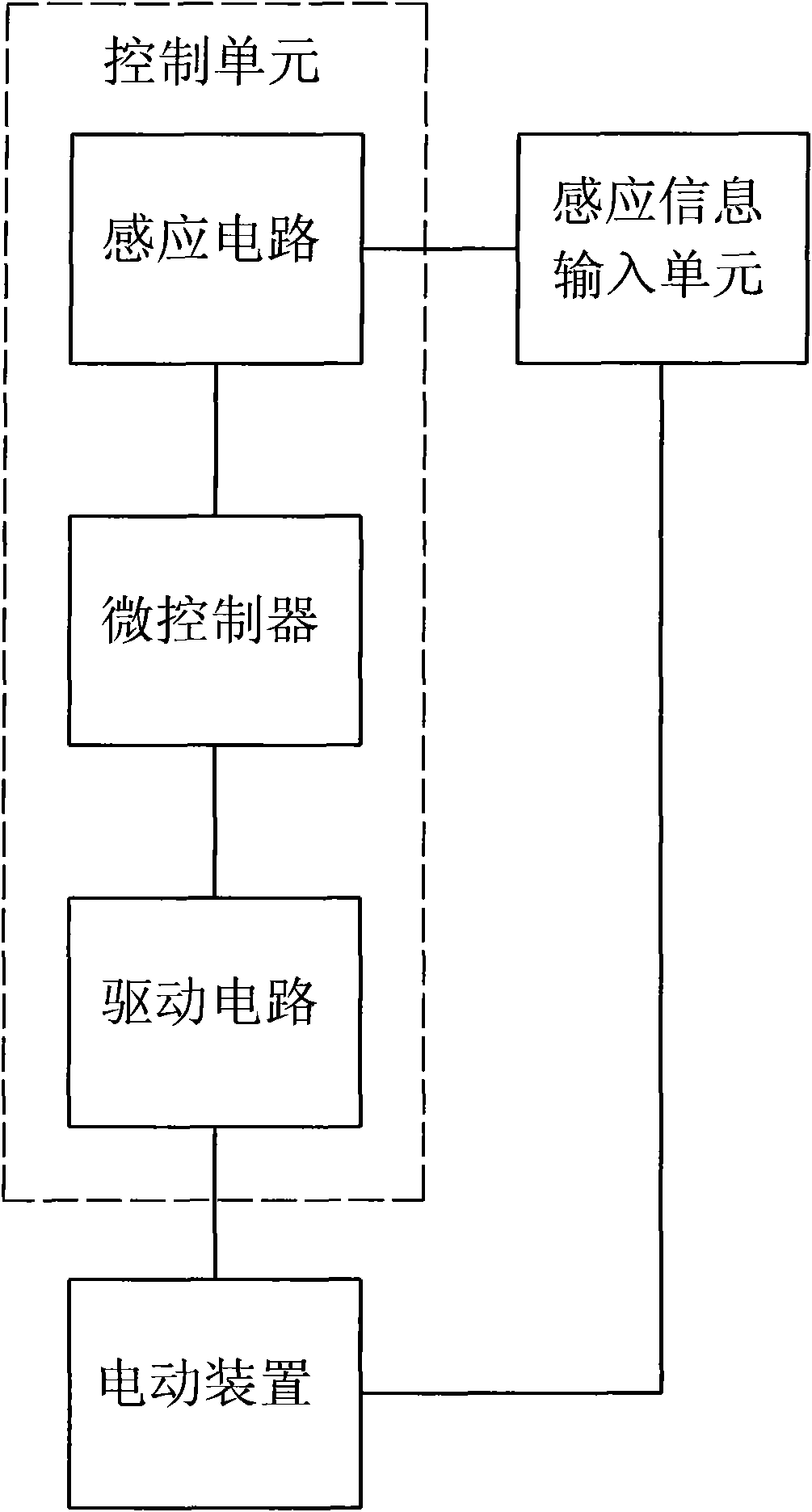Non-contact inductive switchgear and control method thereof
A non-contact sensing and switching device technology, applied in electronic switches, electrical program control, program control in sequence/logic controllers, etc., can solve problems such as insecurity, hard-to-read function characters, loss of non-contact operation, etc., to achieve Strong anti-interference ability, small sensing trigger distance and high reliability
- Summary
- Abstract
- Description
- Claims
- Application Information
AI Technical Summary
Problems solved by technology
Method used
Image
Examples
no. 1 example
[0045] see Figure 5 The sensing information input unit 1 includes a key (or button) 11 , a surface 13 of a sensing area, and a sensing electrode 12 installed in the key 11 . The electric device 2 includes a coil 21 installed inside the button 11 of the induction information input unit 1 , a magnetic pole 23 installed on the device body 3 , a magnet 22 connected to the magnetic pole 23 , and a magnetic pole 24 is installed outside the magnet 22 . In order to make the induction area surface 13 return to its original position, a spring 4 is installed between the inner end of the induction information input unit 1 equipped with the coil 21 and the magnetic pole 23 . The spring 4 can also be placed at an appropriate position between the device body 3 as a fixed part and its fixed connection, and the sensory information input unit 1 as a moving part. The power output end of the electric device in this embodiment is a coil. The connecting wires of the coil 21 and the induction ele...
no. 2 example
[0048] see Figure 7 The sensing information input unit 1 includes a key 11 , a sensing area surface 13 , and a sensing electrode 12 installed in the key 11 . The electric device 2 includes a coil 21 installed inside the key 11 of the induction information input unit 1 and a magnet 22 installed on the device body 3 . The panel 5 covers the device body 3 .
[0049] see Figure 8 , its working principle is basically the same as that of the first embodiment. When in use, the human hand gradually approaches the surface of the sensing area of the rocker-type sensing information input unit. When the distance between the human hand and the sensing area surface below the rocker-type sensing information input unit reaches the effective sensing trigger distance of the switch When H, the seesaw-type induction information input unit transmits the received information to the control unit, and the control unit judges the validity of the information. If it is valid, it sends an electric ...
no. 3 example
[0052] see Figure 9 The sensing information input unit 1 includes a key (or button) 11, a surface of the sensing area 13, an infrared emitting tube and a receiving tube 14 installed on the side of the key 11. The electric device 2 includes an armature 27 installed inside the key 11 of the induction information input unit 1 , a pole shoe 26 installed on the device body 3 , an iron core 25 connected to the pole shoe 26 , and a coil 21 installed on the iron core 25 . The panel 5 and the device body 3 are connected together, and may also be connected together by fasteners for ease of assembly. The device is also provided with a guide member and a spring (not shown) for resetting the surface of the sensing area.
[0053] see Figure 10 , its working principle is basically the same as that of the first embodiment, except that the sensing information input unit replaces the sensing electrodes with infrared emitting and receiving devices, and will not be repeated here.
PUM
 Login to View More
Login to View More Abstract
Description
Claims
Application Information
 Login to View More
Login to View More - R&D
- Intellectual Property
- Life Sciences
- Materials
- Tech Scout
- Unparalleled Data Quality
- Higher Quality Content
- 60% Fewer Hallucinations
Browse by: Latest US Patents, China's latest patents, Technical Efficacy Thesaurus, Application Domain, Technology Topic, Popular Technical Reports.
© 2025 PatSnap. All rights reserved.Legal|Privacy policy|Modern Slavery Act Transparency Statement|Sitemap|About US| Contact US: help@patsnap.com



